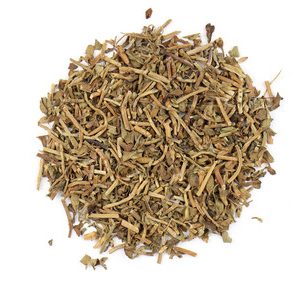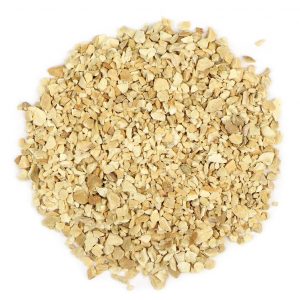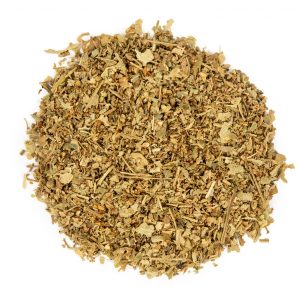Native to eastern North America, wild yam habitat spans from the southern Provence of Ontario, Canada to Florida and from the Great Plains to Rhode Island. Bitter to taste, wild yam is not consumed as food but is widely used for its beneficial properties. Dioscorea villosa is a twisting, climbing vine with heart-shaped, deeply veined leaves and long, tuberous rhizomes. A perennial and dioecious member of the Dioscoreaceae family, wild yam likes to grow in damp, sandy soils along the borders of woodlands and thickets.
Wild yam has been employed in Traditional Chinese Medicine for thousands of years since the time of the writing of the Divine Husbandman’s Classic of the Materia Medica. The roots and rhizomes of wild yam have also been utilized in North American indigenous healing practices for their wellness-supporting qualities. Later, European settlers took to the healthful properties of the root and incorporated it into American folk herbalism.
Typical preparations of wild yam root include decoction or maceration as a liquid extract. Oftentimes wild yam is incorporated into multi-herbal formulations.






